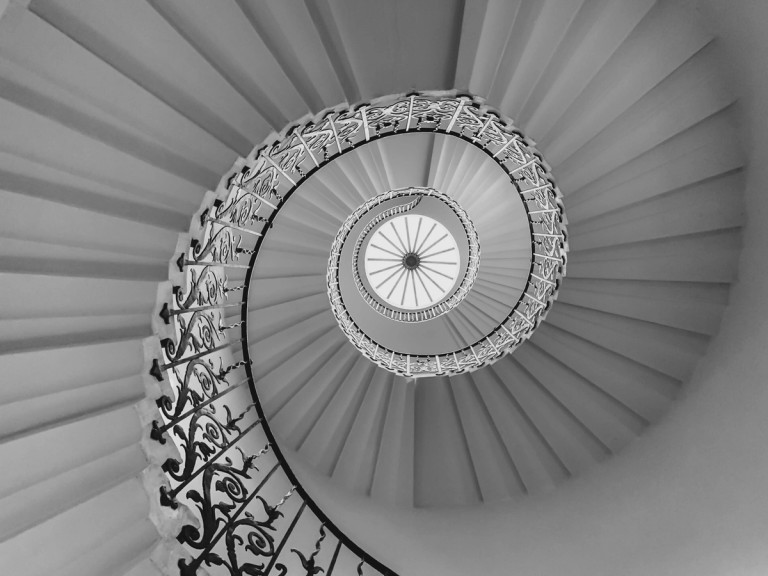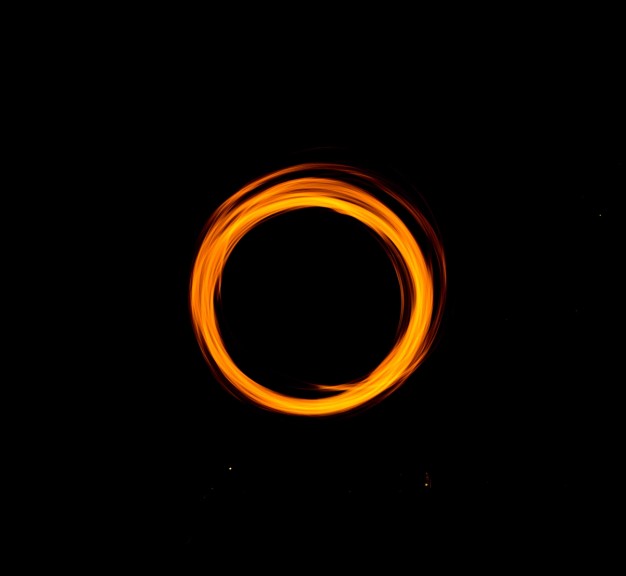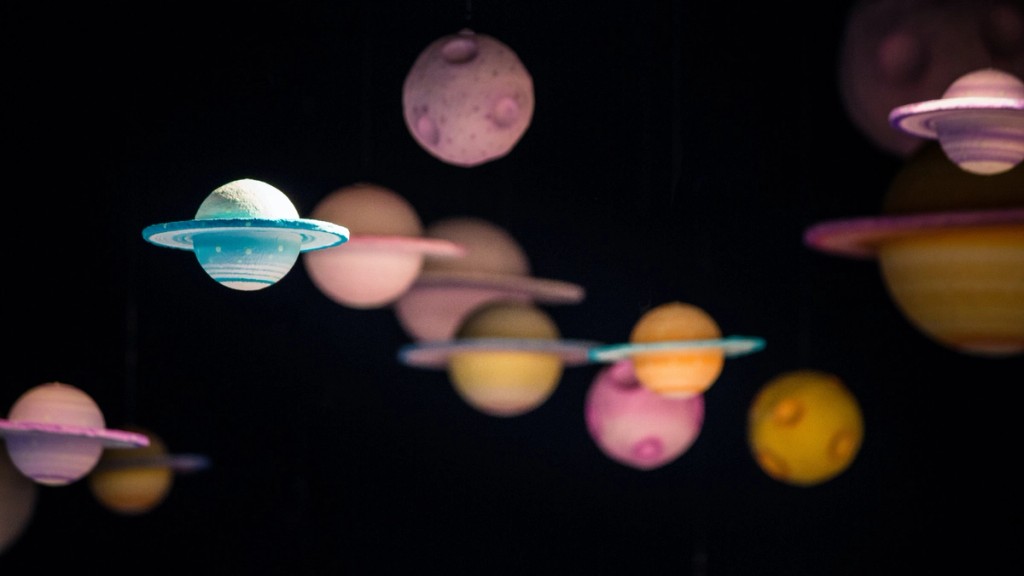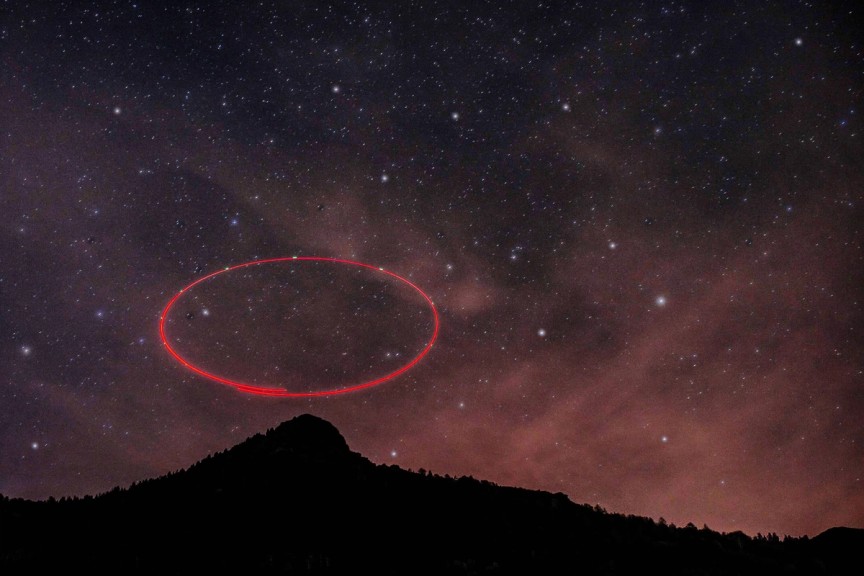“There is an ancient and innate sense in people that numbers ought not to misbehave.” Douglas Hofstadter, Cognitive scientist
Connecting to the Straight 2 dance
Remember we have performed several dances in the -coordinate system. In the previous section, we identified a new “dancing floor,” the complex plane.
Let’s perform 4 dances that are similar to previous dances, but this time we will dance on the complex plane rather than the -coordinate system. That means the real numbers lie on the horizontal axis and the imaginary numbers climb up and down the vertical axis. In all our dances, we define the distance and direction we travel at each step as , where starts at 0 and goes to infinity.
The first dance we’ll review in the complex plane is Straight 2. Rather than starting at 0 on a number line, we start at the origin of the complex plane. Remember the real number line is the -axis, so any step from a real number moves us to the right if the number is positive and to the left if the number is negative.
Figure 1 is the quick tour of the first 6 steps to our Straight 2 dance. Notice for Straight 2, .
Figure 1. Revisit the Straight 2 dance
Step 1 : Start at and move right step to .
Step 2 : From , move right steps to .
Step 3 : From , move right steps to .
Step 4 : From , move right steps to .
Step 5 : From , move right step to .
Step 6 : From , move up step to .
After an infinite number of steps in this pattern, finish at . This produces the equation we stated before:
Notice because is positive 2, we simply moved left to right on the real number line. Thus, even though we expanded our dance floor from a number line to a complex plane, we only used the -axis and remained on the number line. We did not dance off the -axis because the imaginary component was always 0. This is the same dance we reviewed before but from the perspective of the complex plane, so it’s not surprising we remained on the real number line. In short, it is the same dance before but performed on a bigger stage.
Connecting to the Straight -2 dance
Our second dance on the complex plane is Straight -2. Again, the horizontal axis is the real number line. The Straight -2 dance is nearly the same as the dance we just finished except rather than . We are still only working with real numbers, which means we remain on the horizontal axis as we did in the previous dance.
However, because has a negative value, we will dance in more than 1 direction. Thus, I will rewrite as . The reason for redefining is to identify two factors. The 2 is positive and always determines the distance we travel. The determines the direction we travel. Thus, for each calculation, we must determine distance and direction. We identify the distance from the 2 and the direction from the .
Let’s walk through the first 6 steps of our Straight -2 dance.
Figure 2. Revisit the Straight -2 dance
Figure 2 shows the connection between each step with arbitrary curved lines. However, the dance remains on the real axis. The curved lines only highlight the starting and ending point for each step.
Step 1 : From , move . Direction = and distance = Since the direction is a positive real number, move in the direction of the positive real numbers, which moves right 1 unit from to .
Step 2 : From , move . Direction = and distance = . Since the direction is -1, move left on the real number line 2 units from to .
Step 3 : From , move . Direction = and distance = . Since the direction is +1, move right on the real number line 2 units from back to .
Step 4 : From , move . Direction = and distance = . Since the direction is , move left on the real number line 1.333 units from to .
Step 5 : From , move . Direction = and distance = . Since the direction is , move right on the real number line 0.667 unit from to .
Step 6 : From , move . Direction = and distance = . Since the direction is , move left on the real number line unit from to .
After an infinite number of steps in this pattern, finish at . This produces the equation:
Because every rotation was either a turn or no turn, we always remained on the real number line. This makes sense because the problem is only about real numbers, so we would not anticipate leaving the real number line. However, that will change for our third dance: Rotate 2. This dance should tie together several threads in Lazarus Math as we consider a dance that rotates on the rich complex plane.
Connecting to the Rotate 2 dance
What is for the Rotate 2 dance? Remember from the previous dance, we have two components to our move: direction and distance. Again, we identify the distance from the 2. How do we determine the direction? For the Rotate dance, we defined the direction by stating with words rather than symbols. In words, we defined the direction as making a turn counterclockwise after every step.
Are words the only way we can make this definition? Can we use math notation to say the same thing?
Do you remember the action we assigned to multiplying a number by ? The action we get from multiplying a number by is a turn in the complex plane. In other words, when we performed our “rotate by of a turn” dance, it was the same thing as multiplying by in the complex plane. I know that is a lot to digest, but it can help to work through the numbers.
That means we want to produce a distance based on 2 with no rotation. But we want to produce a distance based on 2 and a of a turn. This may be fuzzy, but let’s set to find where it leads. We’ll use the same strategy as the previous dance by rewriting as to separate the distance and direction. Notice this means we still use 2 to identify the distance, but it is the job of to determine the direction. Remember in the previous dance, we let -1 determine the direction. We will follow the same process as that dance except we will use to determine the direction rather than -1.
Because we have introduced the imaginary to our process, we will dance off the horizontal axis of the real number line and utilize the entire complex plane. I believe our dancing is ready for the task!
A quick refresh of our algebra rule for : consider like a variable . Our basic definitions for multiplying by itself: , , , , , , .
Figure 3 shows the first 6 steps of our Rotate 2 dance, which we can also label as the dance.
Figure 3. Rotate 2 or 2 dance
Step 1 : Start at and move . Direction = and distance = . Since the direction is a positive real number, move in the direction of the positive real numbers, which moves right 1 unit from to .
Step 2 : From , move . Direction = and distance . Since the direction is a positive imaginary number, move in the direction of the positive imaginary numbers, which moves up 2 units from to . Another way we can view this is the step corresponds to the point . So we can also identify our ending point by taking the ending point from Step 1 and point . Thus, the sum of the points and is .
Step 3 : From , move . Direction and distance . Since the direction is a negative real number, move in the direction of the negative real numbers, which moves left 2 units from to . Also, view step as corresponding to the point . Identify our ending point by taking the ending point from Step 2 and adding . Thus, the sum of the points and is .
Step 4 : From , move . Direction and distance . Since the direction is a negative imaginary number, move in the direction of the negative imaginary numbers, which moves down 1.333 units from to . This is the same as summing the points and to get .
Step 5 : From , move . Direction and distance . Since the direction is a positive real number, move in the direction of the positive real numbers, which moves right 0.667 units from to , or + .
Step 6 : From , move . Direction and distance . Since the direction is a positive imaginary number, move in the direction of the positive imaginary numbers, which moves up 0.267 units from to , or .
After an infinite number of steps in this pattern, finish at . This point is a point on the unit circle that is 2 radians from the positive real axis. We can write this as follows:
This rotate dance process should be familiar because it is the same math we did before. The only change we made is using the notation of an imaginary number and the complex plane. However, we followed the same logic we performed in the Rotate dance in the -coordinate system. It may not have felt like it before, but we were performing sophisticated math using the imaginary number in the complex plane. We thought we were just having a good time moving!
Certainly, the imaginary number is as “real” as any other notation we use in math since rotating of a turn is a very real movement. Whether we label it as or “imaginary” is not important. What is important is that we have a solution for . As a by-product of this solution, we have the complex plane and an easy way to define distance and direction.
Does the imaginary number seem … real?
Connecting to the Rotate π dance
We have been dancing a lot, and we may be tired. However, all this work is preparing us for one of the major events in our math journey together. We have one final dance. Let’s review the Rotate dance, which we restate as the “ ” dance in the complex plane. That means we assign and we follow where the dance leads.
Notice the only change from the dance is the distance measure changes from 2 to but the direction remains the same . That means Steps 1 and 5 move right, Steps 2 and 6 move up, Step 3 moves left, and Step 4 moves down.
Figure 4 illustrates the first 9 steps of the dance. Let’s calculate the first 6.
Figure 4. Rotate dance
Step 1 : Start at and move . Direction and distance . Move right 1 unit from to .
Step 2 : From , move . Direction and distance . Move up units from to .
Step 3 : From , move . Direction and distance . Move left 4.935 units from to .
Step 4 : From , move . Direction and distance . Move down 5.168 units from to .
Step 5 : From , move . Direction and distance . Move right 4.059 units from to .
Step 6 : From , move . Direction and distance . Move up 2.550 units from to .
After 9 steps, we land on the point .
Connecting to Euler's equation
After this entertaining dance goes to infinity, we finish at the point or . We can write this point as the complex number , or just -1.
Let’s document our steps for the dance by using math notation. Because we finish at the point after an infinite number of steps, we can equate all the infinite number of steps to the value where we finished, which is -1. Here is our movement, which includes distance (the real numbers) and direction .
What is the left side of the equation? Notice the first term is and the second term is . That makes the nth term . Remember if we have an infinite sum where the nth term is , then the sum of the infinite series is . In our dance, we have the same series where we set . That means the sum of our infinite series equals We know what the sum of this series equals. The sum equals -1. That leads us to the astonishing conclusion that . Or, we can rewrite it as .
This equation is famous because it is beautiful, simple, surprising, and it connects maybe the two most interesting irrational numbers, and , with the imaginary number and the numbers 1 and 0. The numbers 1 and 0 are important as well. If we multiply any number by 1, we get that number, which is why we label 1 the multiplicative identity. Remember from our discussion of the primes, we identified how important 1 is as a multiplicative identity. Along the same lines, 0 is just as important a number as 1 because 0 is the identify for addition. In other words, if you add 0 to any number, the result remains the number you started with.
To be fair, those who know how the exponential process works know that it isn’t necessarily “special” that occurs in this equation because we could rewrite this equation using any other positive real number. From that perspective, is not special. However, for all the real numbers we could choose, produces the “cleanest” equation with the least clutter. Thus, from a beauty perspective, is special. Also, there are an infinite number of solutions to this equation based on the symmetry of a circle. Thus, we could also write
With that said, the equation connects 5 of the most important and interesting numbers in math.
Reflecting on the journey
There is so much to enjoy in what we just uncovered. These are things I think about when I brush my teeth or take a walk. I can’t get over the image where I dance to the rule that the nth step is and, despite how far I travel, I eventually return to circling around and landing on the unit circle. This magic happens every time we launch as an exponent. To me, that is the most interesting part of this equation.
Another neat story here is that was brought into the math world to solve an algebra problem. But later, it was modeled on a plane. In the process of solving an algebra problem through a simple definition, we created a wonderful way to create turns on a plane. Now, engineers and other specialists highly rely on this feature for in the complex plane rather than using it as a solution to a polynomial. The neat thing about math is when things are created for one purpose but, in the long run, have tremendous value in other unforeseen purposes.
Notice the connection between the rotation that results from multiplying by and the turn we get from multiplying by . If we think of multiplying by as a rotation, then we can think of multiplying by as accomplishing the same thing but requiring 2 steps, or 2 iterations. Therefore, multiplying by is “halfway” to multiplying by -1, just like multiplying by -1 is “halfway” to multiplying by 1.
Once you get used to working with complex numbers, returning to only using real numbers feels restrictive and one-dimensional. Complex numbers bring room to rotate to a second dimension!
Why do people watch mysteries? It’s the surprise ending. We like the surprise, and we like it more if we can solve the mystery. But how many times are the surprises beautiful? Are you “solving” some of the mysteries we’ve unleashed so far?















